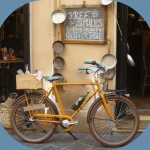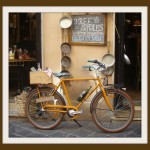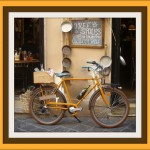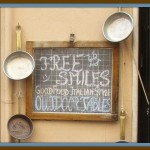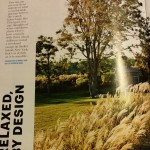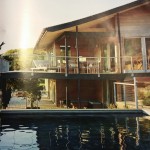I have so many thoughts about using technology more advantageously with my students in the upcoming year, based upon both this class and the Introduction to Digital Tools. It seems fitting that I am using Edublogs to post this final blog for our class because the aspect of planning I wish to address that relates to occupational practice is, in fact, blogging.
For three years now, I have required blogging of my students. When I initiate the same requirement this year, I will do so with a more nuanced and systematic approach based upon my awareness of planning. First of all, my personal survey will ask students to share where they are now in terms of their use of technology and their comfort-level. Doing so should help me not only assess “where we are,” but also help find student-leaders who can assist their peers. I will share with them the affordances and rationale behind blogging in a more transparent way and spend a class (or classes—as the requirements become more demanding) showing them how edublogs works. (Examples of this include hyperlinks and activating certain widgets—particularly the class widget to afford them easy access to their peers’ blogs.) I have never truly instructed for its affordances to be clear. If I expect the activity to be embraced and appreciated, I must begin here.
In addition, I need to spend time instructing in appropriate and useful comments. Because the course specifically requires that students interact and develop ideas based upon readings, the importance of interaction outside of class in response to readings must be a focus of this plan. In a pertinent blog post from the Macmillan online community, I read an interesting explanation, “300/100/X2Q,” which I will use with my college students. Each response must be about 300 words; they must respond to two of their peers in approximately 100 words; and they must ask a question to further discussion of each of those posts to which they respond. Obviously this is less about the tech, and more about the planning, but the tech, after all, should serve the learning objectives.
Furthermore, blogs will become integral to class discussions, rather than ancillary, or merely as showcases of final work. I want the blogs to show the thinking about the readings and to be useful indicators that the readings are being done before students arrive. If a target is that students come prepared for class, then blogs become evidence of that. This is one of the targets I am particularly interested in addressing.
Another target is that the blogs extend the classroom walls, so I have reached out to other professors teaching the same class in hopes that they will embrace the possibilities of a widened dialogue. This target is more difficult to attain primarily because it requires a coordinated sequence of readings in order that the students have a shared subject. We will see if this happens. At this point, neither of the two professors with whom I’ve discussed this possibility has gotten back to me—which brings me to a larger point.
Despite the fact that we know technology is available and that most of our students, at the very least, are using their phones as on-the-spot computers, we need to figure out a way to leverage that knowledge for more engagement and learning. Edublogs, as a platform, has done everything in its power to help me do that. It has mobile-friendly designs (yet another affordance that I must include in instruction) to capitalize on the students’ access. I will be checking in with the students to see how they are reacting to this plan, and certainly will be revising based upon what I witness in the class, particularly regarding engagement. Teaching demands constant revision. Technology only adds another layer to that.

